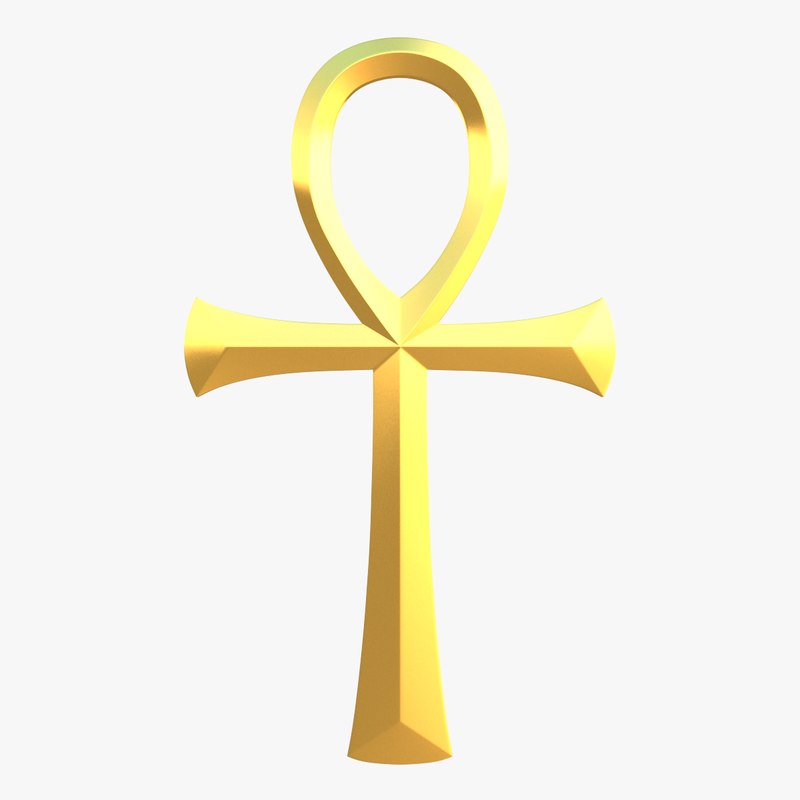 |
| Ankh symbol |
Рост мужчин загадочного народа составлял в среднем 170 см, а женщин - около 160 см. Большинство из них проживали свыше 40 лет, а некоторые - и свыше 50-ти. По тем временам все эти показатели были очень высокими.
[чот, про большинство и младенческую смертность сумлеваюсь, но неземледельцы, вроде бы, могли жить долго, у них и рождаемость была пониже, чем потом]
С 2009 по 2016 годы было обнаружено еще два кладбища, на которых нашли 130 скелетов. Эти захоронения значительно отличаются от предыдущих. В могилах почти не было артефактов.
Кроме того, эти люди были в среднем на несколько сантиметров ниже ростом тех, чьи останки были найдены в Гебель Рамла, и жили они примерно на 10 лет меньше.
Кроме того, уровень детской смертности у них был гораздо выше - на кладбищах даже существовали особые зоны для погребения в возрасте до трех лет.
[мб, уже земледельцы?]
6 comments:
Gebel Ramlah—a Unique Newborns’ Cemetery of the Neolithic Sahara
Post-Pleistocene climatic improvement in the Northern Hemisphere after ca. 9550 BC allowed human populations to recolonize large parts of North Africa in what is today the Sahara Desert. In the Egyptian Western Desert, the beginnings of human occupation date as early as ca. 9300 BC. Occupation continued until the middle of the third millennium BC when final desertification of the area no longer afforded human occupation. The settlement of the Neolithic cattle and sheep/goat herders developed along with the rhythm of alternating wet and dry climatic oscillations. One of the areas occupied intensively during the early and middle Holocene was Gebel Ramlah. Pastoral populations established their settlements around the shores of a paleo-lake adjacent to a rocky massif, to exploit the local savannah environment. During most of the Neolithic, they buried their dead dispersed outside of their settlements. Only during the Final Neolithic (after ca. 4600 BC) did they place them exclusively in cemeteries. Of six Final Neolithic cemeteries investigated at Gebel Ramlah to date, one is entirely unprecedented, not only in North Africa but also globally at such an early date. For just under 200 years (ca. 4500–4300 BC), it served exclusively for the inhumation of infants who died around (perinate) or shortly after the time of birth (neonate). Thirty-two burial pits contained skeletal remains of 39 individuals, not only infants but also at least two adult females accompanied by perinates/neonates. Older children (> 3 years) were interred at a nearby cemetery that primarily comprised adults.
https://link.springer.com/article/10.1007/s10437-018-9307-1
там и на пдф ссылка
We learned that these people enjoyed low childhood mortality, tall stature and long life. Men averaged 170cm, while women were about 160cm. Most men and women lived beyond 40 years, with some into their 50s—a long time in those days.
Strangely, in 2009-2016, we dug two more cemeteries that were very different. After analysing another 130 skeletons, we discovered that few artefacts accompanied them, and that they suffered from higher childhood mortality as well as shorter lives and stature. We're talking several centimetres shorter and perhaps ten years younger for adults of both sexes.
Astonishingly, the largest of these two cemeteries had a separate burial area for children under three years of age, but mostly infants including late-term foetuses. Three women buried with infants were also found, so perhaps they died in childbirth. In fact, this is the world's earliest known infant cemetery.
The sites also shed light on the family structures of the time. The overall sex ratio across all cemeteries is three women to each man, which may indicate polygamy.
The Combined Prehistoric Expedition
https://www.smu.edu/Dedman/academics/InstitutesCenters/ISEM/CPEF
тамошний линк не работает
The Social Archaeology of Funerary Remains [Paperback]
Rebecca Gowland (Author); Christopher Knusel (Author)
https://www.oxbowbooks.com/oxbow/the-social-archaeology-of-funerary-remains.html
Trends in Biological Anthropology 2 [Paperback]
Malin Holst (Editor); Michelle Alexander (Editor)
https://www.oxbowbooks.com/oxbow/trends-in-biological-anthropology-2.html
Post a Comment